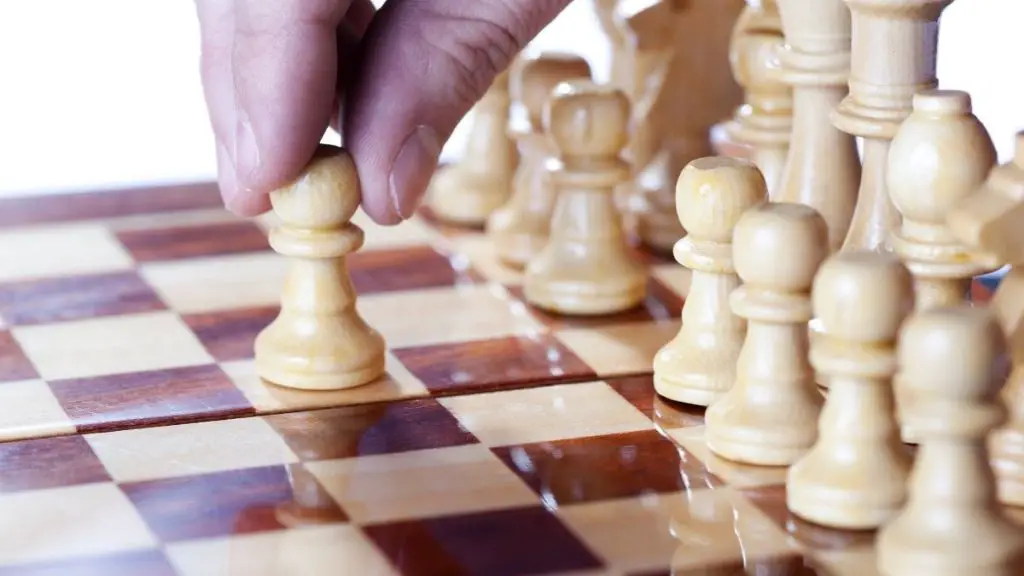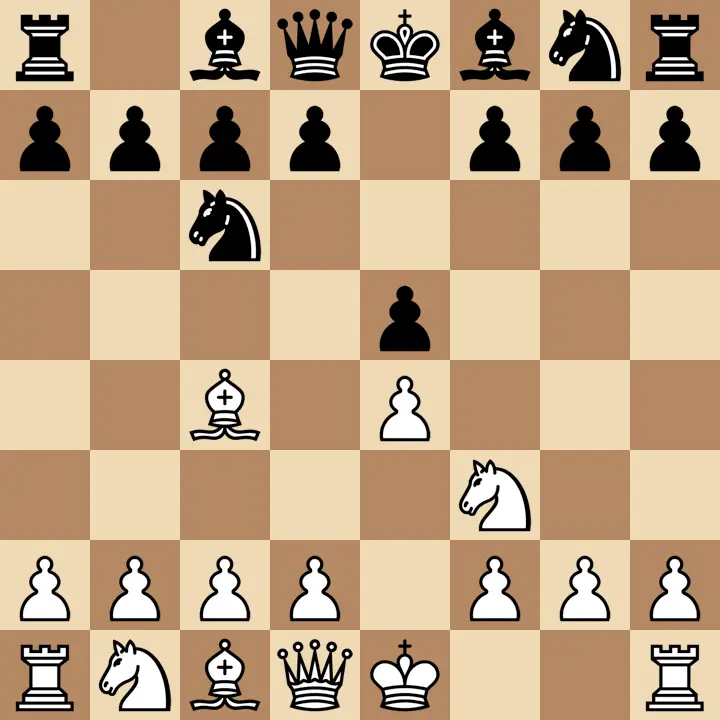
Learning chess requires lots of effort and dedication. It requires got amount of time to move from beginners to pro-level in the game of chess. Beginner players should have a very good understanding of the basic concepts in chess in order to excel well.
A good opening position in a chess game helps the player to convert the game to a winning position. Proper opening preparation will help the players to avoid time trouble and traps. Most amateur players usually fall in opening traps, which gives the opponent a winning chance from initial positions onwards.
The 5 reasons to learn chess opening are
- Gains opening advantage
- Helps to avoid traps
- Avoids time trouble
- Better positional understanding
- Better middle game plans
Preparing an opening takes too much time and effort. A player must be familiar with at least one good chess opening for white and one chess opening for black. Openings always play a major role in the overall chess results.
Gains opening advantage
A well-prepared opening is very much important as a chess player. On many occasions, it is seen that strong players will be having better positions against novice players after the opening stage. This is mainly because of the good opening preparation by the players.
For novice games to the world, championships openings have to be prepared. Even top chess Grandmasters may end up losing the game after the opening phase due to a lack of preparation. Openings are like the legs of a chair, it has to be firm and good to proceed with the game smoothly and to create a winning position in a chess game.
Getting an initial advantage helps the players to play much more relaxed and comfortable. This advantage can give a psychological advantage over the opponent and in lots of time, the opponents tend to make more and more mistakes. So without any argument, we can say that a well-prepared opening can give you an advantage from the starting onwards in your chess game.
Helps to avoid traps
Opening traps are the fear of most chess players. Players tend to get into opening traps when they are not well prepared in openings. Aggressive chess openings and unfamiliar chess openings are sometimes the most common reasons why chess players get into the traps. Proper opening understanding will help to avoid these traps.
Usually, beginners are the ones who find themselves in the traps. Lack of opening knowledge by these players may cause a piece down or even result in checkmate in the opening stage.
Avoids time trouble
No one wants to be under time pressure in your chess game. It will be quite difficult if you take your half of time for chess openings alone. This can end up in a much worse situation if the game gets much tight in middle games or end games. Getting a proper hold on time is one of the important lessons as a chess player.
With prepared openings, players can play the openings much faster, which saves up your time on the clock. In short format games like Rapid or Blitz, time management can give wonderful results. Running the time out is always a nightmare for all players. It’s hard to lose a game with a major advantage, or even pieces up by running the time out. Prepared openings are always the solutions to save time on the clock in your opening stage, at least you will be able to play 10 moves faster, which can save lots of minutes on your clock.
Better positional understanding
Usually, openings are played by a set of established theories. To prepare for a chess opening, players should understand different theories and patterns. All these help to increase the knowledge and get better position understanding. An in-depth analysis of the opening, its mainline and different variations stores lots of knowledge in your brain. This will also help to play good middle games.
It doesn’t matter you started learning chess or you have been playing for years, positional understanding helps to
- Find the moves quickly and easily
- Can help to have better time on clock
- Helps to generate more ideas to continue the game
- Helps to find tactical opportunities in the game
Better middle game plans
After 10 to 15 moves, usually, the middle game starts. All chess players like to have good middle game positions and easy to play positions. Proper implementation of opening will help to play the middle game better.
If a player moves to the middle game with a weak position, there are a huge chance of collapsing the rest of the games. Most of the novice level games end before end game, players will be having a winning advantage before the end game.
The base of the middle game is obviously the “opening”. Some players tend to go for aggressive chess openings, which helps the players to provide more attack and pressure in middle games. King’s Gambit, Evan’s Gambit are some of the aggressive chess openings for white. Here in these openings, the white may tend to sacrifice his pieces to win the game during the middle game.
Should chess beginners learn openings?
Beginner chess players should learn openings as it is an important aspect of a chess game. Having a good opening position will always give an advantage over the opponent in the chess game and helps to avoid blunders and mistakes in the initial stage of the chess game.
Many times beginners were asked not to concentrate on chess openings and were asked to spend time on basic opening theories and other concepts. A lot of times it’s seen those beginner players tend to lose pieces after the opening stage. So it’s important to learn chess openings to avoid opening mistakes in a chess game.
Which is best Chess Opening For Beginner Players?
Italian Game is the best chess opening for beginners to start with. The e4 Italian Game follows the basic opening principles and piece developments which help the beginners to understand the concept much better.

Most of the chess coaches prefer Italian Game to beginner players, since its widely played by most novice players. Queen’s pawn openings, English opening or Gambits are not advised by coaches during the initial learning phase of the student.
What are the important Opening principles in chess?
Chess openings are the series of moves played during the initial stage of a chess game. These chess moves are mainly played using established theories. The standard chess openings are referred as “book moves “.
“.
The 6 main opening principles in chess are
- Center control
- Developing minor pieces towards center
- Castling the king
- Dont bring the queen early in the game
- Avoiding moving the pieces twice
- Connecting the rooks
Playing the chess opening by following these rules helps you to avoid various opening mistakes and helps you to have better position in your middle game. There are many openings which do not follow these rules, but those openings have got its own theory and advantages.
In Gambits like King’s Gambit, Queen’s Gambit or Evan’s Gambit, white tends to sacrifice his pawn and tries to develop the pieces as quickly as possible. In these instances, white is having a good compensation for the sacrificed pawn from the quick development of pieces, which help the player to create more attack towards black pieces. The coordination of different chess pieces are also very much important in the chess game.
How long it takes to learn chess opening?
A beginner usually takes around 2-3 hours to learn the main concepts of chess opening main concepts, whereas an intermediate with around 1600 rating will be able to understand in 30 minutes and advanced players will take around 5-10 minutes to learn the opening main concepts.
In general, grandmasters invest more than 3 hours to sharpen their openings. Nowadays these pro players use powerful chess engines to prepare the openings. Current generation engines can calculate millions of variations in less than a minute. This clearly helps us to understand the role of opening in chess games.
It’s good for beginners and intermediates to work for at least 1 hour a day to learn and understand chess openings. All chess openings have got too many variations and sublines. Its quite difficult to remember all these variations, but it will be much easy if you are able to understand the learning pattern.
According to The Oxford Companion to Chess, there are 1,327 named openings and variants, and there are many others with varying degrees of common usage. A chess player should learn atleast 1 chess opening for white and black. Learning too many openings is a common issue seen in beginner players. A player must to atleast specialize in one major opening before jumping to the new opening.
